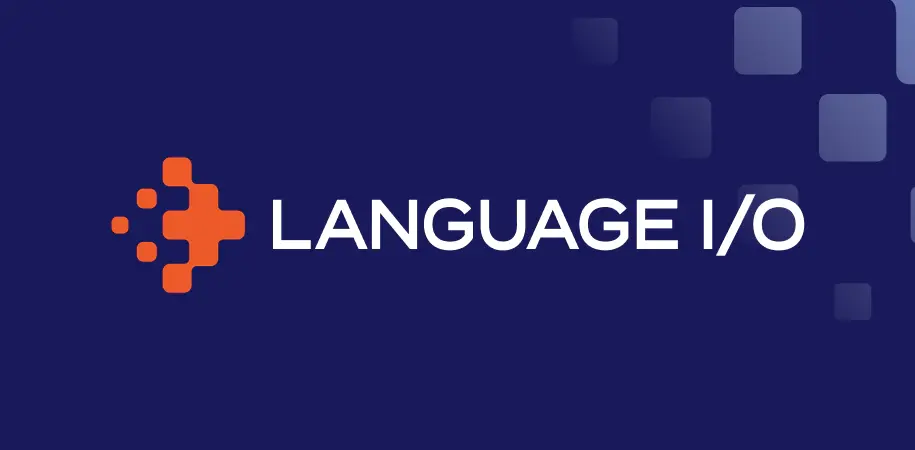For global organizations, having multilingual customer support in place is a must, as an international customer base will likely speak a variety of different languages and expect that brands can communicate with them in their preferred language. Offering in-language customer service is a way to build loyalty and trust with customers, but it is often challenging for brands to offer comprehensive multilingual support. Whether it’s because of costs, time requirements, difficulties finding the right candidates, or another factor, many organizations struggle to fully staff a team of fluent speakers across all of the languages their customers speak.
Luckily, real-time translation technology has made it possible for monolingual (e.g., English speaking-only) customer support agents to communicate with customers in multiple languages—all in real time over support channels such as chat, email, and social messaging. Here are some of the key ways that brands who use translation technology can eliminate or significantly reduce the challenges of hiring a multilingual support team.
Reduce time spent hiring
To achieve multilingual support, many organizations rely on staffing up a team of native or fluent speakers of the various languages spoken by customers. While a good solution on paper, it’s far harder to accomplish than most would think. In job markets where good candidates are hard to come by, it can be exceptionally difficult to find candidates with proficiency both in customer communications and a specific language. Bringing in a recruiting firm can help, but this is still a time-consuming (and expensive) process.
Using translation technology to enable an existing team of customer service agents to communicate with customers in any language, regardless of fluency, significantly reduces the need to hire new agents. This saves organizations countless hours on recruiting, interviewing, and training new employees, while also reducing expenses significantly.
Relieve pressure on your current team
When trying to backfill an upcoming vacancy or staff for a much-needed new opening, the pressure on your current customer service team can increase considerably. Here’s an example in the case of a multilingual support team: if a French-speaking customer service agent is leaving the organization, that likely means the rest of your French-speaking agents taking on additional work as they prepare for an environment where that colleague is no longer at the company. Meanwhile, if there is an open position being recruited, the time spent while searching for and interviewing French-speaking candidates is time that each agent is taking on more work than they can comfortably handle, all while their colleagues who speak languages other than French cannot jump into help even when they have downtime.
By adding translation software into the mix, this no longer becomes an issue. An agent who speaks German, Japanese, Portuguese, etc. can now easily jump into help out the French-speaking agents who are overwhelmed, as their messages to customers will automatically be translated into the customer’s preferred language (in this case, French), and the customer’s messages will in turn be translated into the language spoken by the agent.
Hire for customer service skills, not language proficiency
A common mistake that organizations make when staffing up a multilingual support team is to prioritize hiring candidates with proficiency in a specific language, to the extent that a lack of experience or skill in other key areas may be more easily overlooked. While this approach can serve to fill vacancies more quickly and get in-language support to global customers, it can mean sacrificing the overall quality of support experiences that customers receive.
For example: a newly hired agent may be able to speak German, French, and English fluently, giving them the ability to support customers across three languages. However, this agent has little experience in customer service, and it shows in their communication skills. Their messages may lack empathy and they struggle to clearly communicate key information. Despite them speaking the language of their customer, the overall support experience is fairly poor.
Now imagine if your star agent—the one who acts as an evangelist of your brand, who comprehensively understands your products and services, and who closes out support tickets with ease—could communicate with customers in virtually any language. When hiring new agents, you can prioritize finding candidates who share the same qualities and qualifications as that agent, rather than having to weigh language skill against proficiency in delivering helpful customer experiences.

Implementing Real-Time Translation Technology at Your Organization
Is your organization looking to implement translation technology to alleviate these hiring headaches and more? Language I/O’s real-time translation software plugs directly into the CRM where your agents already work, enabling them to communicate seamlessly with customers in more than 150 languages. To learn more about how you can save costs and time with Language I/O, contact us or schedule a demo.



